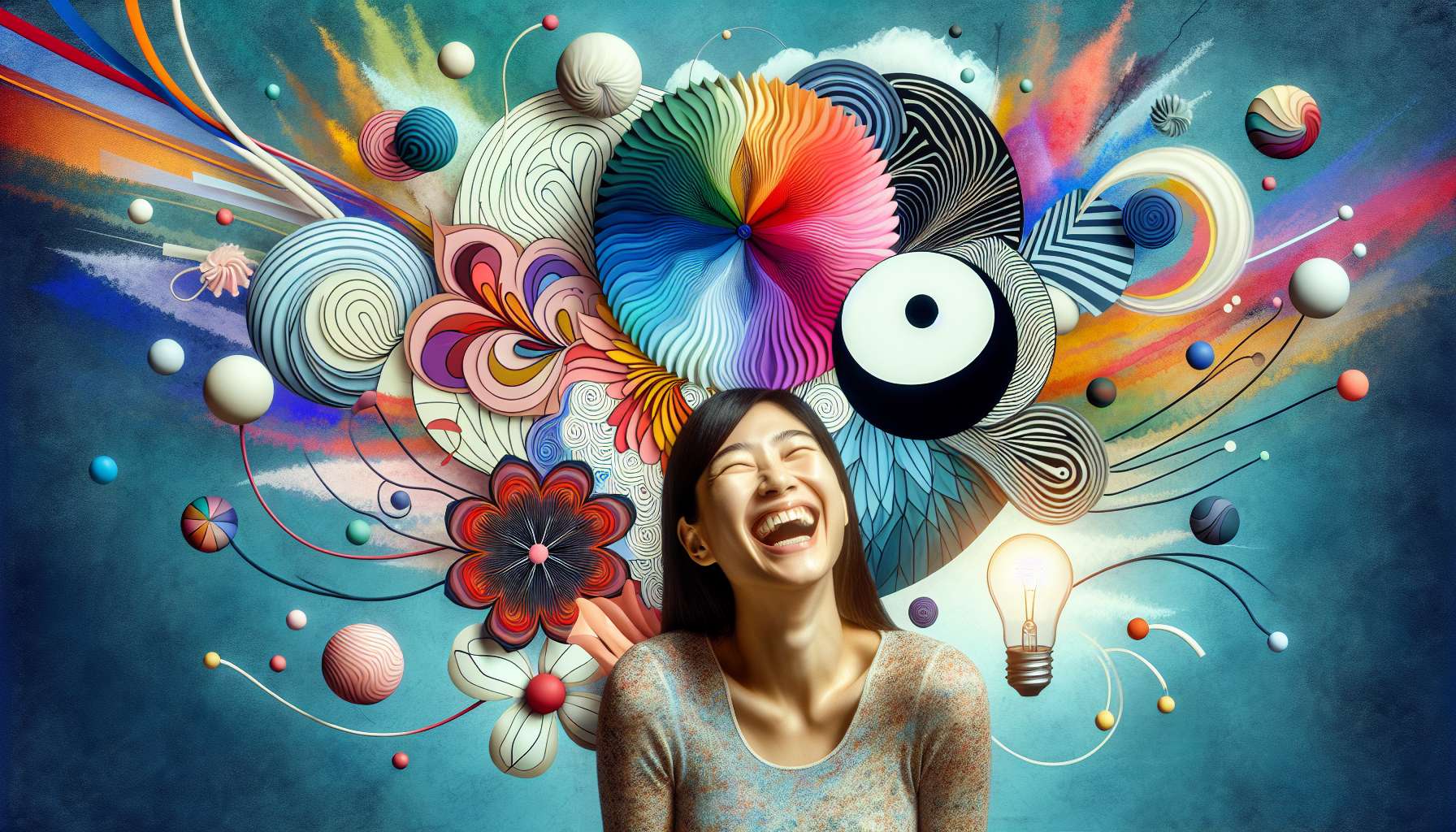
Psychological theories of laughter and humor are manifold and diverse, reflecting the complexity and richness of these universal phenomena. Among the most influential approaches are psychoanalytic theories, which view laughter as a defense mechanism and release of unconscious tension. According to Freud, laughter allows for the discharge of surplus psychic energy and bypasses the censorship of the Superego. He distinguishes humor, which elevates the Ego in the face of difficulties, from wit, which expresses repressed drives in a socially acceptable manner. For Bergson, laughter is a social sanction that corrects the rigidities and automatism of behavior. He underscores the mechanical and repetitive nature of humorous situations, contrasting with the flexibility and vitality of living things.
Cognitive and behavioral approaches highlight the mental processes and physiological reactions involved in laughter. Incongruity theories explain laughter by the sudden perception of a mismatch between two incompatible ideas or situations. Pleasure would come from the resolution of this incongruity and the unexpected association of elements. Relief theories emphasize the liberating aspect of laughter, which allows for the release of accumulated emotional and muscular tensions. Laughter is seen as a safety valve that restores the body’s homeostasis.
For example, a fit of laughter that erupts after a stressful or embarrassing situation aptly illustrates this cathartic function of laughter.
Humanistic and positive approaches consider laughter and humor as manifestations of mental health and well-being. According to Maslow, laughter is a characteristic of individuals who are self-actualizing and who have reached a higher level of personal development. It bears witness to self-acceptance and openness to experience. For Seligman, humor is part of the character strengths that foster fulfillment and resilience to adversity. Cultivating laughter on a daily basis would strengthen positive emotions and social relationships.
In short, the various psychological theories bring complementary insights into the multiple facets of laughter and humor. They invite us to delve deeper into the cognitive, emotional, and social mechanisms underlying these fascinating phenomena. Understanding these theories allows Laughter Therapists to refine their practice and adapt their interventions according to the needs and resources of each individual.
Key Points:
– Psychological theories of laughter and humor are manifold and diverse, reflecting the complexity of these universal phenomena.
– Psychoanalytic theories (Freud, Bergson) see laughter as a defense mechanism, a release of unconscious tensions, and a social sanction.
– Cognitive and behavioral approaches explain laughter by the perception and resolution of incongruity, and by emphasising its role in relieving emotional and muscular tensions.
– Humanistic and positive approaches (Maslow, Seligman) regard laughter and humor as manifestations of mental health, well-being, and resilience.
– Understanding these various theories allows Laughter Therapists to refine their practice and tailor their interventions to meet the needs and resources of each individual.
👉 To download docx (Editable) file click here : Click here
👉 To download PDF file click here : Click here
👉 To download MP3 file click here : Click here





